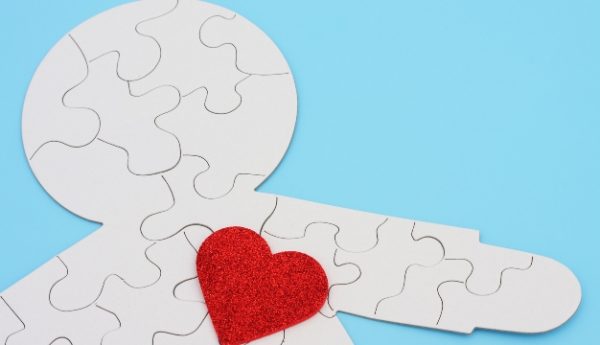
Centers of Excellence
Before gastroscopy
Prior to the exam, patients are required to fast for at least 8 hours, completely abstaining from solid foods. They may drink water or other clear liquids up to 3 hours before the exam. If patients are on medication, they must inform the doctor, so it can be decided if some of the medications need to be discontinued or not. The doctor will ask them if they have ever had an allergic reaction to any of the examination medications. Patients should come to the appointment together with a friend or relative, as they are not allowed to drive after the exam.
Gastroscope
The endoscope is a long, very flexible tube, a few millimeters in diameter, which passes through the patients’ mouth to inspect the upper digestive tract. A light-emitting camera is affixed on its end. The recorded image is transmitted to a special high-resolution screen, where the gastroenterologist looks at the interior of the organs.
At the beginning of the exam
Patients lie on the examination table on their left side. A special device monitoring the pulse rate and blood oxygen saturation during the exam is placed on their finger. A vein catheter is inserted, to administer the anesthesia. Then a mouthpiece is given to patients, so that the endoscope does not come into contact with their teeth. If they so wish, patients may undergo sedation, i.e. intravenous administration of propofol by an anesthesiologist, and in a few seconds they are asleep.
During the exam
During the exam, the esophagus, the stomach and the duodenum are examined. If deemed necessary, sample tissue (biopsies) is obtained from the organ linings using a special forceps that passes through the endoscope, and a sample to check for the Helicobacter pylori is also collected.
Using magnification endoscopes, microscopic lesions that are not visible with conventional endoscopes can be detected, even without the need for biopsies. The examination usually lasts 5-10 minutes, depending on the case.
After the exam
Patients come around a few minutes after the exam. They remain in bed for some time, before they get up and discuss the exam results with the doctor.
After the exam and for the rest of the day, patients are not allowed to drive or operate any machinery, as their reflexes may be slower due to the administered anesthetic.